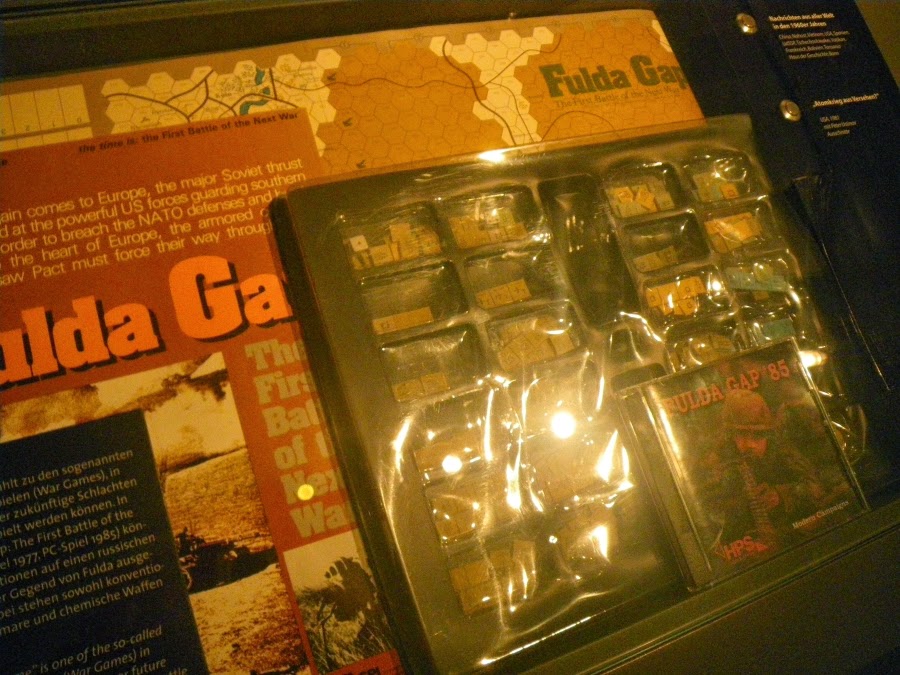When trying to recall, with a little help, the details of a science brief we saw on the news a couple weeks ago, about an engineer whose water-collection system—an alternative to water-filtration on a mass-scale, especially for communities where access to clean water is prohibitively expensive and no one seems forthcoming—I was only looking for the name of the Onymacris unguicularis, also known as the fog-basking darkling beetle.
This clever little bug lives in the one of the most arid places on Earth but manages to survive due to a morning ritual, lifting its hinder up to the sky and collecting dew and condensation on microscopic bumps that flow down its waxy abdomen to its mouth. Scientists took a cue from the
resourcefulness of Nature and designed a domed surface that harvests moisture with the same principle. The novelty was something revisited perennially, but no matter as I found some other very interesting and ingenious adaptations during the search, which are solid arguments for protecting Nature's diversity, if one needed more reason: the iridescence of butterfly wings rely on prismatic reflectors that require only ambient light, which translated into human, sedentary and unremarkable terms, could power a monitor or a television screen with virtually no electricity—or the fact that birds rarely collide with spider-webs, unlike with windows, because spiders don't want a false Red Rover moment to spoil their handiwork and create webs that are visible to a bird's spectrum while remaining invisible to manageable insects and doltish humans. Any one of Nature's hacks, however, require a measure of moderation and consideration for the consequences down the line, like what it would means to steel the water from the atmosphere before it could complete its cycle naturally.
 The Fulda Gap, the pass between the Rhön mountain range and the Vogelsberg massif, was known to strategists for a long time with the armies of Napoleon retreating from Leipzig along this route and the final push of the Allied armies following the same path into Germany in the final days of World War II. Today, the preserved installation is a conference centre, a youth camp and a museum. I noticed that many of the parents visiting were having a hard time explaining the place and artefacts to their young kids—not that I could do much better. Speaking of the whites of their eyes, I have updated this map of occupied Germany to include Soviet posts.
The Fulda Gap, the pass between the Rhön mountain range and the Vogelsberg massif, was known to strategists for a long time with the armies of Napoleon retreating from Leipzig along this route and the final push of the Allied armies following the same path into Germany in the final days of World War II. Today, the preserved installation is a conference centre, a youth camp and a museum. I noticed that many of the parents visiting were having a hard time explaining the place and artefacts to their young kids—not that I could do much better. Speaking of the whites of their eyes, I have updated this map of occupied Germany to include Soviet posts. Not that all Americans were (are) necessarily better integrated into their host communities and did not create their own little ghettos, the Russian units stationed in the DDR had no interaction with the “economy” and very little evidence or memory remains of their presence. Far from some historical curiosity or conundrum, I am glad we took the time for reflection and that such places have been preserved and honoured.
Not that all Americans were (are) necessarily better integrated into their host communities and did not create their own little ghettos, the Russian units stationed in the DDR had no interaction with the “economy” and very little evidence or memory remains of their presence. Far from some historical curiosity or conundrum, I am glad we took the time for reflection and that such places have been preserved and honoured.

















